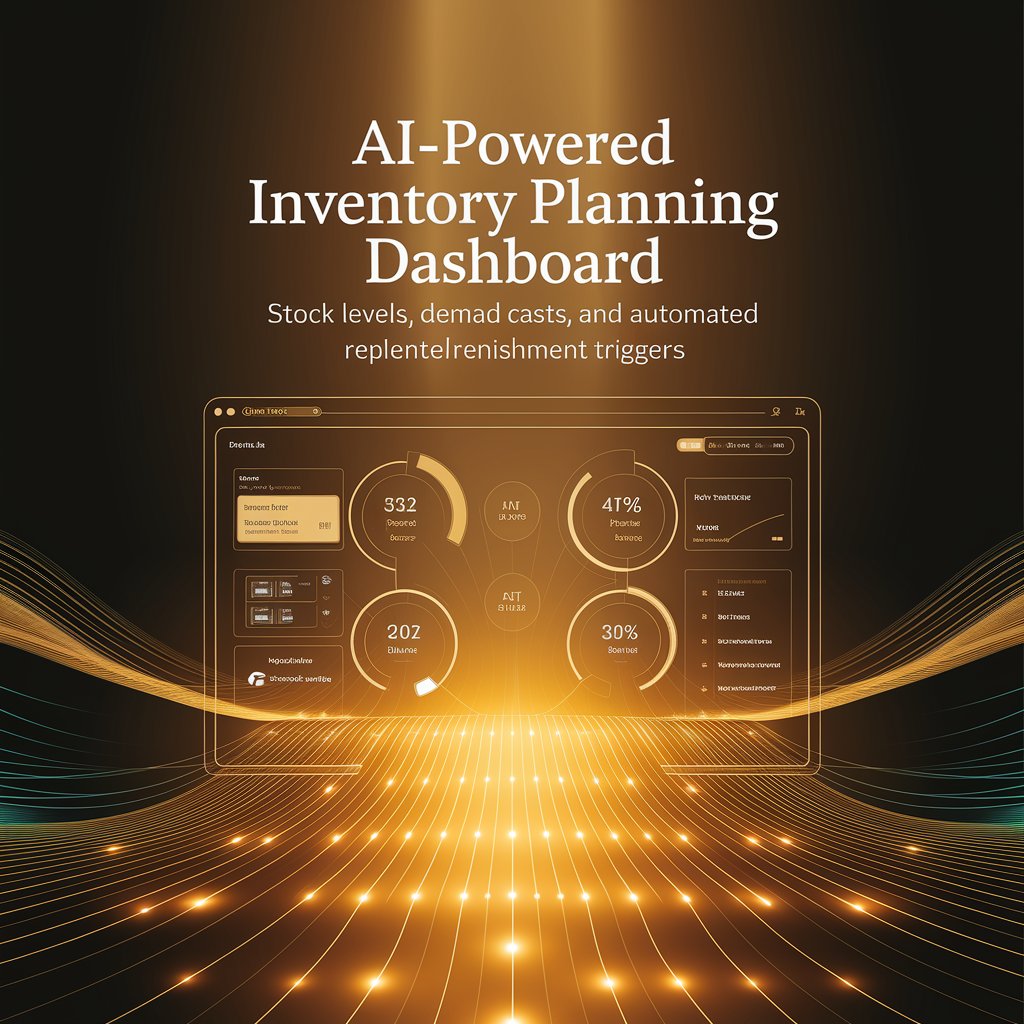How AI-Powered Inventory Planning Works with Linbis

Introduction
With AI-powered inventory planning, Linbis uses predictive analytics and automation to optimize inventory levels. By analyzing demand, supplier performance, and shipment data, Linbis ensures companies maintain the right stock at the right time.
Step 1: Collect Inventory Data
Linbis integrates with:
- WMS systems → stock levels, inbound/outbound flows.
- TMS systems → shipment schedules, transit times.
- Sales & demand data → customer orders, seasonal trends.
- Supplier performance → lead times, delays, reliability.
Step 2: Apply AI Forecasting Models
AI models in Linbis analyze patterns such as:
- Seasonal demand fluctuations.
- Sales spikes from promotions or events.
- Supplier delays and risk trends.
- Market signals like fuel prices or disruptions.
This enables predictive demand forecasting with higher accuracy.

Step 3: Automate Replenishment Triggers
- When stock falls below AI-predicted threshold → Linbis generates a purchase order.
- If supplier delays predicted → System suggests alternate supplier.
- For fast-moving SKUs → System adjusts reorder points dynamically.
Step 4: Visualize in Dashboards
Warehouse and supply chain managers see:
- Stock levels by product/location.
- Forecasted demand for next weeks/months.
- Suggested reorder actions.
- Risk alerts for potential shortages.
Step 5: Optimize Continuously
- AI learns from actual results, improving forecasts over time.
- Data-driven adjustments reduce costs and increase reliability.

Advanced Features
- Multi-warehouse optimization → Balance stock across locations.
- Supplier risk analysis → Predict delays and automate backup sourcing.
- Integration with ERP → Sync purchase orders and financials.
- Sustainability tracking → Optimize stock with reduced waste.
Real-World Example 📦
A 3PL in New Jersey implemented AI-powered inventory planning with Linbis. After 4 months:
- Reduced stockouts by 28%.
- Lowered excess inventory by 15%.
- Improved customer order fulfillment speed.

Benefits 📈
- Accuracy: Smarter demand forecasting.
- Efficiency: Automated replenishment saves staff time.
- Resilience: Anticipate supplier delays.
- Cost Savings: Reduced carrying costs and waste.
- Customer Satisfaction: Reliable order fulfillment.
Conclusion
Automating workflows with AI-powered inventory planning in Linbis ensures logistics providers keep inventory optimized and customers satisfied. By combining predictive analytics with automation, companies reduce risks, cut costs, and deliver smarter supply chain performance.
